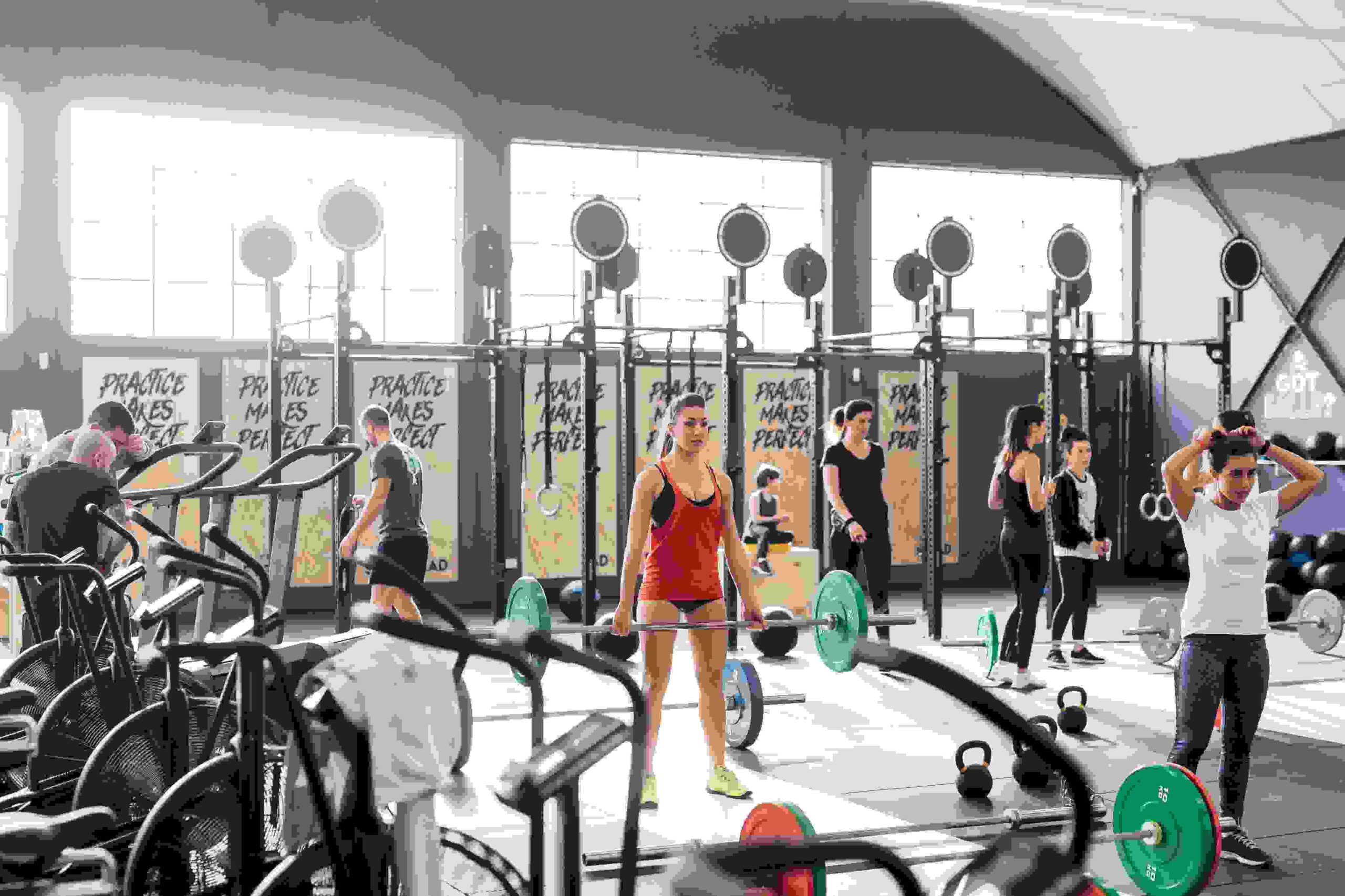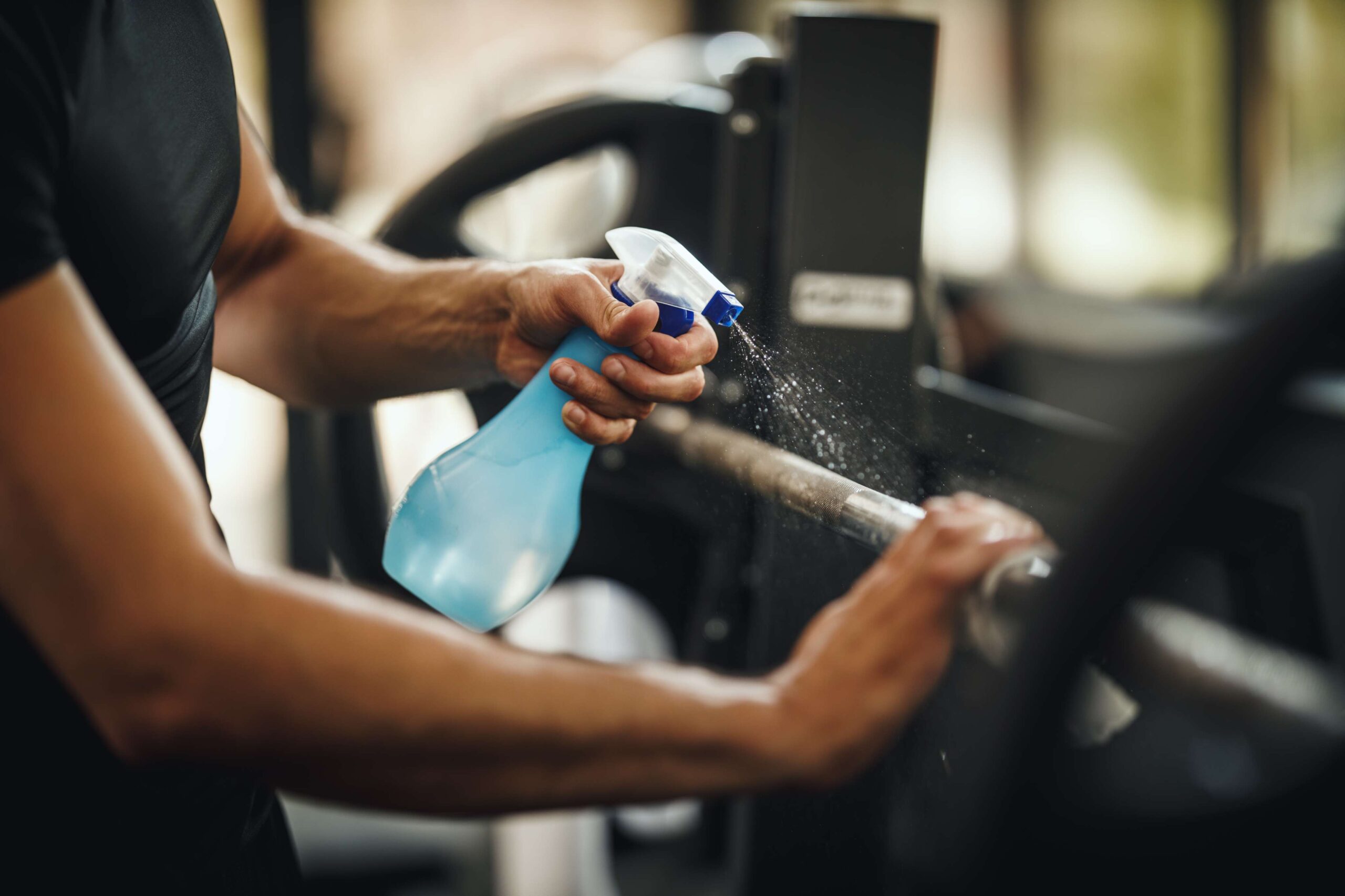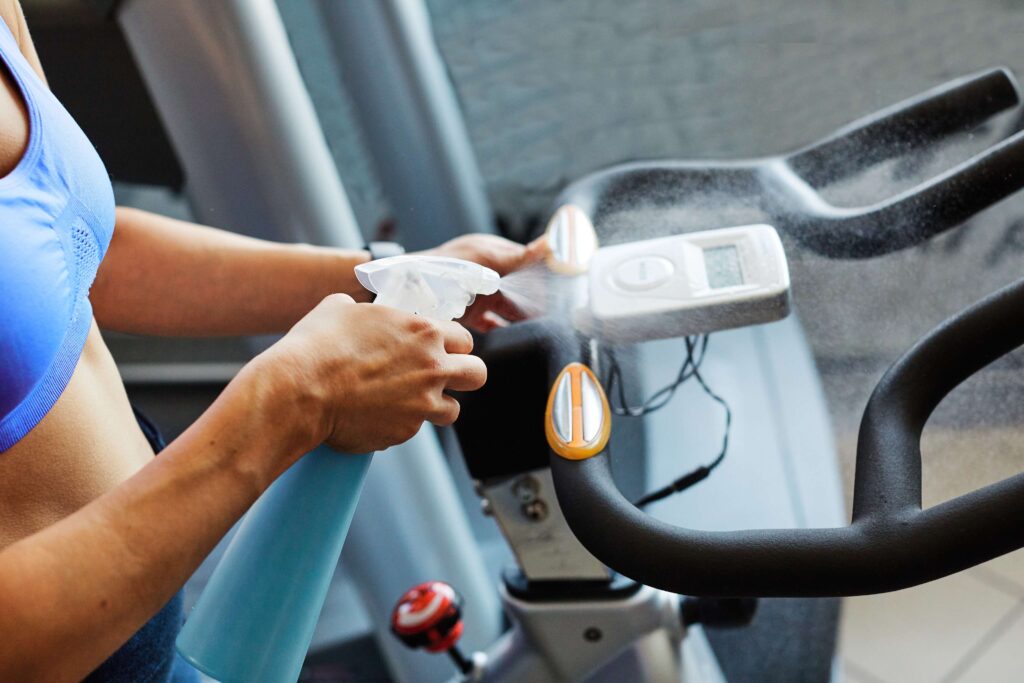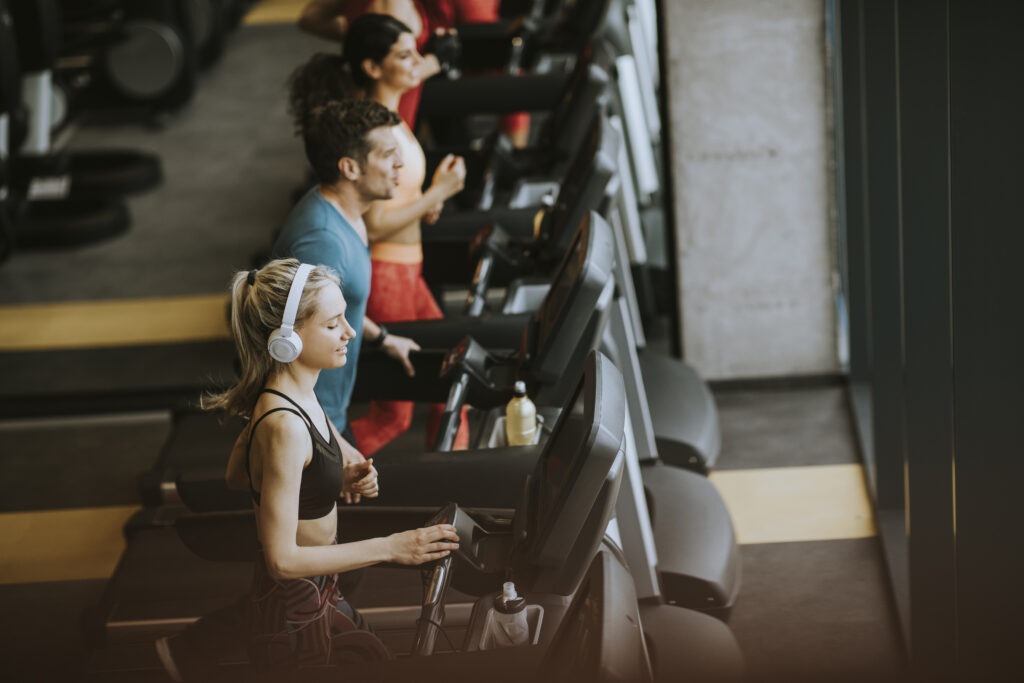Gym branding shapes the way people see and connect with your business. It’s every touchpoint, from the design of your space to the way staff greet members and how your digital platforms look and feel. A clear brand identity builds trust, strengthens loyalty, and makes your gym stand out in a competitive market.
This guide covers the strategies and ideas that turn branding into measurable business results. You’ll also see how gym management software like EZFacility helps fitness businesses keep their brand consistent across every channel, from booking portals to mobile apps.
Jump to Section
- What Is Gym Branding and Why Does It Matter?
- Why Strong Branding Drives Member Loyalty and Growth
- Gym Branding Framework: 7 Essential Pillars
- Gym Branding Ideas to Inspire Your Business
- How to Maintain and Evolve Your Gym Brand
- How EZFacility Delivers on What Matters Most
- Gym Branding FAQs
- Key Takeaways
What Is Gym Branding and Why Does It Matter?
Gym branding is the process of defining how your fitness business is recognised, remembered, and experienced across every touchpoint.
It’s the combination of visual identity, voice, culture, and service delivery that shapes how members and prospects perceive your facility.
Unlike marketing campaigns, which can change seasonally, branding provides a consistent foundation. It guides your tone of voice, sets standards for staff interactions, and ensures your digital platforms reflect the same identity as your physical space.
Strong fitness branding creates trust, makes your facility easier to recognise, and builds credibility in a market where members have more choice than ever.
The impact extends far beyond first impressions. A well-developed brand identity increases loyalty, reduces churn, and drives referrals because members feel proud to associate themselves with a business that aligns with their goals and values.
In a crowded industry, clear branding is what helps one gym stand out while another struggles to keep members engaged.

Why Strong Branding Drives Member Loyalty and Growth
Strong fitness branding makes members feel connected, valued, and part of something bigger than a workout routine. This sense of belonging drives loyalty, creates advocates, and generates measurable business growth.
Trust is at the heart of it. 88% of global consumers trust recommendations from people they know more than any other channel. When members identify with your brand, they are more likely to share their experiences with friends and family, turning everyday satisfaction into a powerful referral engine.
Branding also strengthens emotional ties. Research shows that customers who feel an emotional connection to a brand have a 306% higher lifetime value and recommend the company at a rate of 71% compared with 45% among those who don’t. For gyms, that translates directly into longer memberships, stronger communities, and reduced churn.
Internally, a clear brand identity improves culture and motivation. Staff understand the mission, buy into the values, and represent the brand consistently. Externally, strong branding reduces price sensitivity by shifting focus away from cost and toward the overall experience your facility delivers.
Taken together, these factors make branding a proven growth driver, connecting retention, referrals, and revenue into one continuous cycle.

Gym Branding Framework: 7 Essential Pillars
Successful gym branding doesn’t happen by chance. It’s built on a clear framework that keeps every decision, from design choices to customer communication, tied to your business goals. These seven pillars create the foundation for a brand that members trust and stay loyal to.
#1 Mission, Vision, and Values
- Define your purpose and the difference you bring to the fitness market.
- Share a vision that members and staff can rally behind.
- Ground your daily operations in core values that guide decision-making.
- Outcome: builds trust, attracts like-minded members, and strengthens culture.
#2 Audience and Personas
- Identify member demographics and motivations.
- Create buyer personas to shape communication and services.
- Tailor offerings to the goals of your most valuable audiences.
- Outcome: more relevant experiences, higher retention, and stronger referrals.
#3 Positioning
- Define your unique value proposition and competitive advantage.
- Clarify how your facility stands apart from local gyms or franchises.
- Own a niche, whether that’s high-performance training, community fitness, or premium wellness.
- Outcome: clearer differentiation, reduced price sensitivity, and easier marketing.
#4 Visual Identity
- Develop a consistent look across logos, colours, typography, and imagery.
- Use colour psychology and design to shape perceptions and atmosphere.
- Ensure visual choices reflect your brand promise and audience preferences.
- Outcome: instant recognition, stronger recall, and professional credibility.
#5 Voice and Messaging
- Establish a tone of voice that fits your brand identity, from supportive to high-energy.
- Use slogans, taglines, and storytelling to reinforce your message.
- Keep communication consistent across websites, social media, and member emails.
- Outcome: recognisable messaging that builds trust and connection.
#6 Consistency Across Touchpoints
- Align physical and digital experiences, from staff interactions to app design.
- Standardise brand guidelines across facilities and marketing channels.
- Use technology to keep messaging and design uniform at scale.
- Outcome: reliable member experience, reduced churn, and easier growth across locations.
(This is where EZFacility stands out: branded apps, booking portals, and advanced marketing and communication tools make consistency easy to deliver.)
#7 Measure and Adapt
- Track KPIs such as retention, referrals, and churn reduction.
- Run regular brand audits to ensure alignment with strategy.
- Adapt to market shifts or audience feedback without losing identity.
- Outcome: a resilient brand that evolves while keeping members engaged.

Gym Branding Ideas to Inspire Your Business
| Branding Element | Weak Execution | Strong Execution |
|---|---|---|
| Logo & Design | Complicated logo, inconsistent use across channels | Simple, scalable logo applied consistently on signage, websites, and merchandise |
| Interior Design | Generic décor with no connection to brand values | Distinct interiors that reflect ethos, such as bold lighting, graphics, and unique layouts |
| Digital Presence | Outdated website, unbranded booking system, irregular social posts | Branded portals, apps, and active storytelling across digital channels |
| Community Engagement | Few events, little member recognition | Regular challenges, milestone celebrations, and referral programmes that strengthen loyalty |
| Merchandise | Cheap, generic products with low member uptake | Fashion-forward, aspirational items that extend the brand outside the gym |
Strong branding comes to life through practical execution. These gym branding ideas show how to turn strategy into action, with real-world examples from leading fitness businesses.
How can design and logos strengthen your brand identity?
- Keep your logo adaptable and recognisable
- A clear, modern logo works across signage, websites, and merchandise.
- Example: 1Rebel uses bold typography and minimalist design that mirrors its “luxury boutique” positioning.
- Use colour psychology to influence perception
- Choose colours that reflect the energy you want to create, from energising orange to calming blue.
- Example: Orangetheory Fitness built its entire concept around the orange zone, linking colour to heart-rate training and community identity.
What role do interiors and space play in gym branding?
- Design spaces that match your ethos
- Interiors should make members feel your brand values the moment they walk in.
- Example: Gymbox is known for nightclub-inspired interiors with dramatic lighting and bold graphics, described by Dezeen as “an underground nightclub gym.”
- Use staff uniforms to project consistency
- Coordinated staff attire reinforces professionalism and brand cohesion.
- Branded colours and designs ensure staff presence is part of the overall experience.
How can websites, apps, and social media reinforce branding?
- Create a branded booking portal
- A seamless digital journey builds trust before a member steps through the door.
- EZFacility enables fully branded websites and booking portals that mirror the look and feel of your facility.
- Launch a branded mobile app for your gym
- Apps extend brand presence into daily routines.
- With MemberMe+, gyms can personalise apps to align with their brand identity.
- Use social media for storytelling
- Share member success stories, challenges, and events to bring your brand personality to life.
- Example: Gymbox on Instagram blends humour, irreverent class names, and bold visuals to reinforce its “anything goes” philosophy.
What community-driven ideas build emotional connection?
- Introduce branded merchandise
- Hoodies, bottles, or mats spread your identity beyond the gym walls.
- Example: 1Rebel’s Instagram showcases fashion-led merchandise designed to feel premium and aspirational.
- Offer referral programs with branded rewards
- Incentivise members to bring friends with exclusive merchandise or event invites.
- This turns word-of-mouth into a structured growth strategy.
- Host community events that reflect your brand
- Open days, charity workouts, or themed classes connect members with each other and the local community.
- Example: Orangetheory builds community through global challenges, its shared “splat point” culture, and social media celebrations.
- Celebrate milestones and achievements
- Recognise member progress with branded shout-outs online, in-app, or on facility walls.
- Creates stories members are proud to share, deepening loyalty.
These examples and ideas show how some of the best gym branding strategies can turn design, community, and technology into measurable growth.
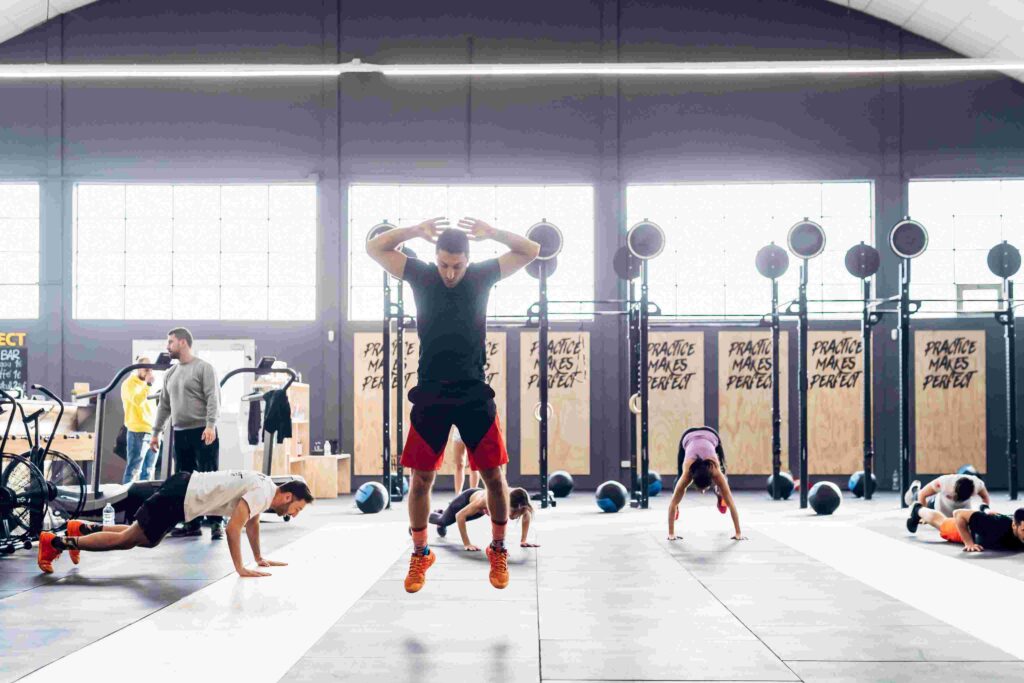
How to Maintain and Evolve Your Gym Brand
A strong brand needs structure to stay consistent as your business grows. Without clear guidelines, it’s easy for messaging, design, or service delivery to drift, especially if you operate across multiple locations.
Build clear brand guidelines
Brand guidelines act as a reference point for staff, designers, and marketers. They should include:
- Tone of voice: The language and style that define your communication.
- Logos and usage rules: Approved versions and how they can be applied.
- Colours and typography: Exact colour codes and typefaces to ensure consistency.
- Imagery and photography style: What visuals reflect your brand identity?
Guidelines make it easier for new staff and partners to align with your vision, and they protect your brand from inconsistent execution.
Maintain consistency across channels
Consistency is what turns brand recognition into trust.
- Audit your touchpoints regularly, from signage and websites to apps and social posts.
- Train staff to embody the brand values in daily interactions.
- Use tools like EZFacility’s branded portals and MemberMe+ app to ensure digital experiences reflect the same identity as your physical spaces.
Know when it’s time to rebrand
Even the strongest brands need to evolve. Common triggers include:
- Expansion: Entering new locations or markets that require a refreshed identity.
- Audience shifts: Attracting a different demographic or broadening your services.
- Outdated identity: Design or messaging that no longer reflects your mission.
For example, a community gym that started with a grassroots, DIY feel may rebrand with polished visuals and refined messaging when opening a second location to appeal to a wider audience.
On the other hand, boutique studios often refresh interiors and digital platforms every few years to stay on trend and maintain their premium positioning.
Maintaining and evolving a brand is about balance: staying true to your core identity while adapting to the market so members always feel a sense of continuity.
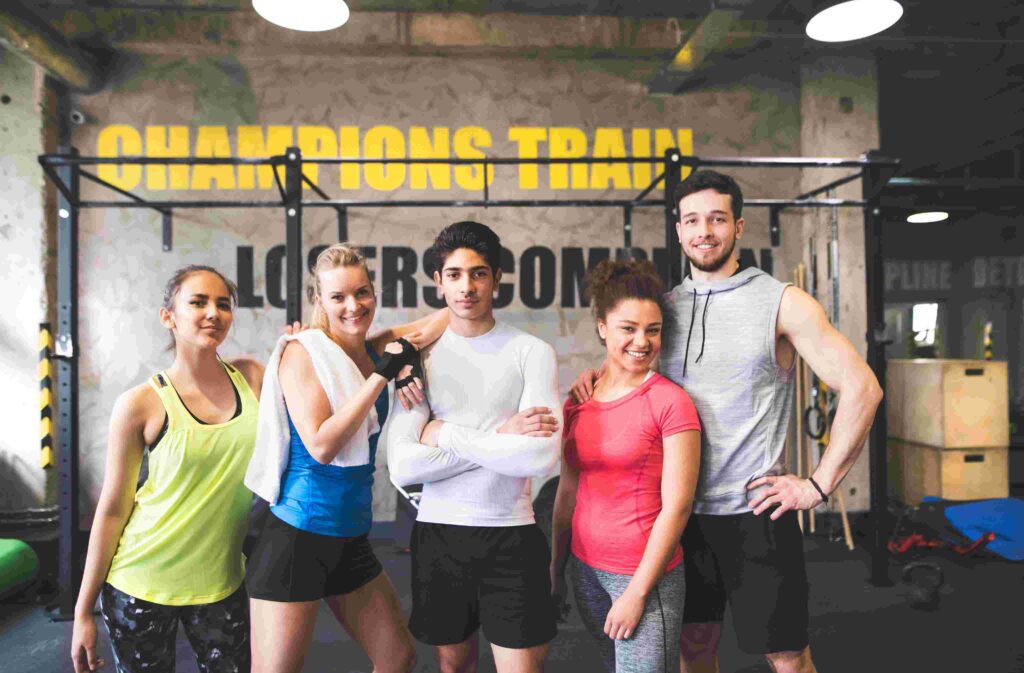
How EZFacility Delivers on What Matters Most
Brand consistency only scales when operations support it. EZFacility turns brand standards into everyday practice across every touchpoint, so members see and feel the same experience online and in person.
Create consistent branded experiences
- MemberMe+ app puts your logo, colours, and tone into a member’s daily routine, from class bookings to push notifications and goal tracking.
- Custom booking portals mirror your brand on web and mobile, so the journey from social post to checkout feels seamless.
- Branded communication tools let you send email, SMS, and push notifications with approved templates, voice, and imagery.
- Multi-location support keeps assets, permissions, and settings aligned across sites, while allowing local content where it makes sense.
Tie branding to measurable outcomes
- Retention dashboards surface KPIs like visit frequency, churn risk, and referral activity.
- Segmentation and automations trigger timely messages, for example, win-back emails after missed visits or milestone celebrations after streaks.
- Role-based permissions prevent off-brand edits and keep content governance tight.
From pain point to solution
| Pain Point | EZFacility Capability | Brand Impact | Business Outcome |
| Brand drift across locations | Multi-location controls, shared asset library, role-based permissions | Consistent look, voice, and offers | Smoother expansion, fewer support escalations |
| Disjointed digital experience | Custom booking portals and MemberMe+ app | One coherent journey from discovery to check-in | Higher conversions, better first impressions |
| Low engagement and churn risk | Retention dashboards, segments, and automations | Timely, on-brand communication at key moments | Improved retention, more referrals |
| Inconsistent messaging | Branded templates for email, SMS, push | Reliable tone and visuals in every message | Stronger trust and recognition |
Why this matters
When your app, portal, front desk, and follow-ups tell the same story, members trust your brand. That trust makes renewals easier, supports premium pricing, and fuels word of mouth.
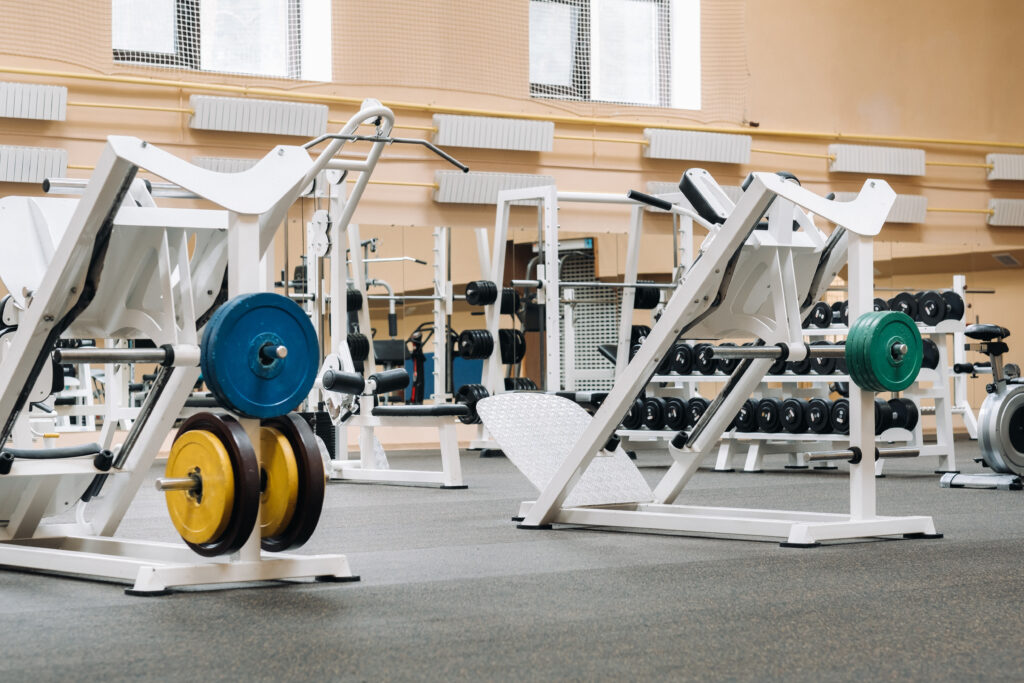
Gym Branding FAQs
How do you create a strong gym brand identity?
A strong gym brand identity starts with a clear purpose and values. Define who you are, what makes you different, and the audience you want to serve. From there, build consistency across visual identity (logo, colours, typography), tone of voice, member experience, and digital presence. Regularly audit these elements to ensure they align with your mission.
What are the most common mistakes in gym branding?
Common mistakes include:
- Over-focusing on logos while neglecting member experience.
- Inconsistent messaging across social media, websites, and facilities.
- Ignoring staff training about brand culture.
- Choosing design elements that don’t reflect the audience’s needs or values.
- Failing to measure outcomes like retention, referrals, and engagement.
How much should I invest in gym branding?
Branding is not a one-off cost but an ongoing investment. Typical spend includes design assets, interior branding, marketing campaigns, and software that maintains consistency. While exact budgets vary by size and location, allocating 5–10% of annual revenue toward marketing and branding activities is a common benchmark in the fitness industry.
When should a gym consider rebranding?
Rebranding is worth considering when:
- Expanding into new markets or opening additional locations.
- Targeting a new demographic or adding new services.
- Current design and messaging feel outdated or no longer reflect your mission.
- Inconsistency has crept in across channels.
- Member retention or referrals are falling despite operational improvements.
What are the 5 C’s of branding?
The 5 C’s are a framework for building and maintaining strong brands:
- Clarity – clear mission, values, and positioning.
- Consistency – same message and visuals across touchpoints.
- Credibility – deliver on promises to build trust.
- Connection – foster emotional ties with members.
- Commitment – maintain long-term focus on brand growth.
What is the 3 7 27 rule of branding?
The 3-7-27 rule highlights how familiarity builds recognition:
- After 3 interactions, a person starts to recognise your brand.
- After 7 interactions, they begin to remember it.
- After 27 interactions, they are more likely to trust and prefer it.
This principle underscores the importance of consistent, repeated branding across digital and physical channels.
Key Takeaways
- Strong gym branding goes beyond visuals; it defines the full member experience.
- A clear framework built on mission, audience, positioning, and consistency creates trust and recognition.
- Real-world examples show how interiors, digital platforms, and community initiatives turn strategy into action.
- Consistent branding drives retention, referrals, and loyalty while reducing churn.
- EZFacility operationalises consistency with branded apps, booking portals, communication tools, and retention dashboards.
- Regular audits and guidelines keep brand identity strong as your business evolves.
See how EZFacility helps fitness businesses deliver brand consistency at every touchpoint. Book a gym management system demo today.
